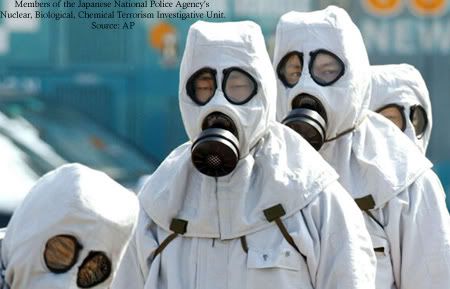For any assembly or structure, whether an isolated bunker or a self sustaining space colony, to be able to function perpetually, the ability to manufacture any of the parts necessary to maintain, or expand, the structure is an obvious necessity. Conventional metal working techniques, consisting of forming, cutting, casting or welding present extreme difficulties in size and complexity that would be difficult to integrate into a self sustaining structure.
Forming requires heavy high powered machinery to press metals into their final desired shapes. Cutting procedures, such as milling and lathing, also require large, heavy, complex machinery, but also waste tremendous amounts of material as large bulk shapes are cut away emerging the final part. Casting metal parts requires a complex mold construction and preparation procedures, not only does a negative mold of the final part need to be constructed, but the mold needs to be prepared, usually by coating in ceramic slurries, before the molten metal is applied. Unless thousands of parts are required, the molds are a waste of energy, resources, and effort. Joining is a flexible process, and usually achieved by welding or brazing and works by melting metal between two fixed parts in order to join them — but the fixed parts present the same manufacturing problems.
Ideally then, in any self sustaining structure, metal parts should be constructed only in the final desired shape but without the need of a mold and very limited need for cutting or joining. In a salient progressive step toward this necessary goal, NASA demonstrates the innovative Electron Beam Free Forming Fabrication (http://www.aeronautics.nasa.gov/electron_beam.htm) Process. A rapid metal fabrication process essentially it “prints” a complex three dimensional object by feeding a molten wire through a computer controlled gun, building the part, layer by layer, and adding metal only where you desire it. It requires no molds and little or no tooling, and material properties are similar to other forming techniques. The complexity of the part is limited only by the imagination of the programmer and the dexterity of the wire feed and heating device.
Continue reading “Electron Beam Free Form Fabrication process — progress toward self sustaining structures” »

 Abstract:
Abstract:







